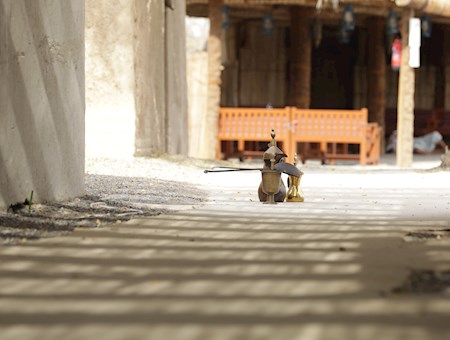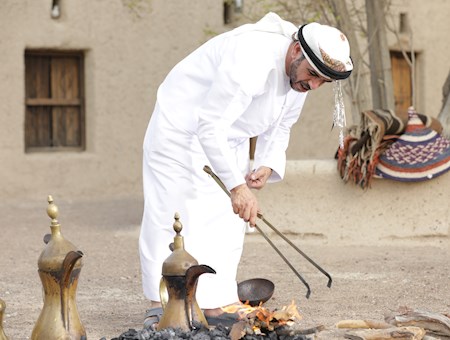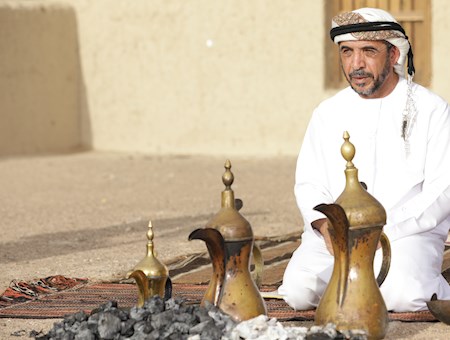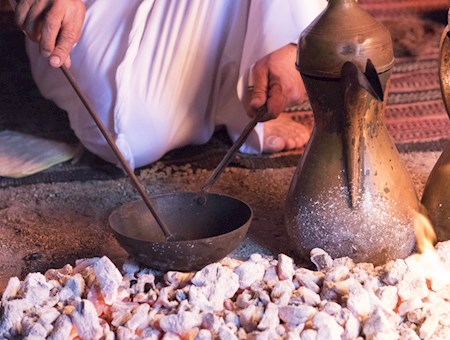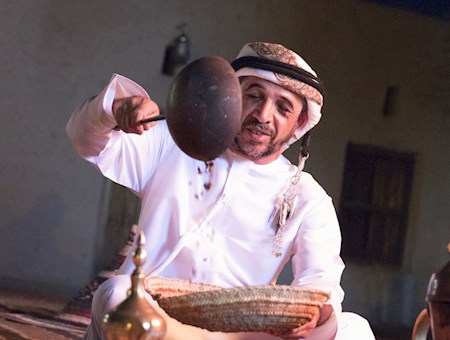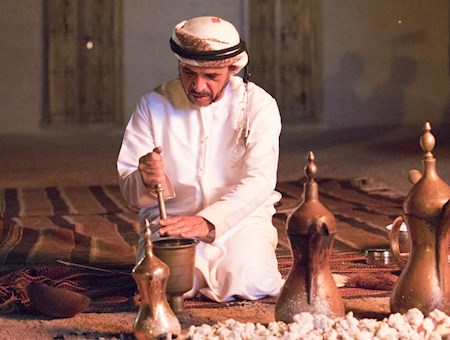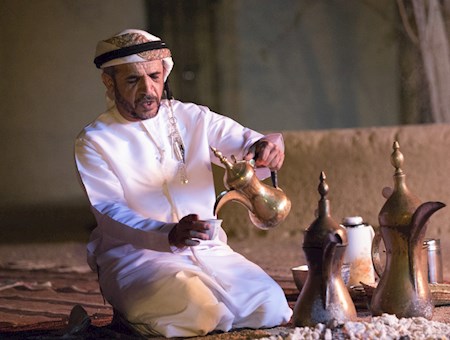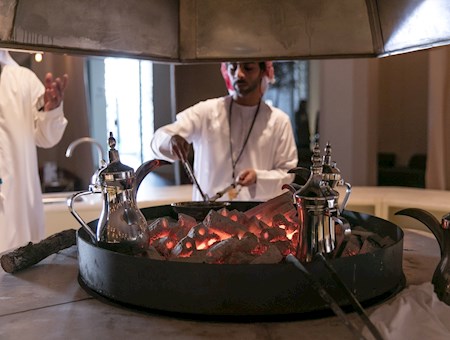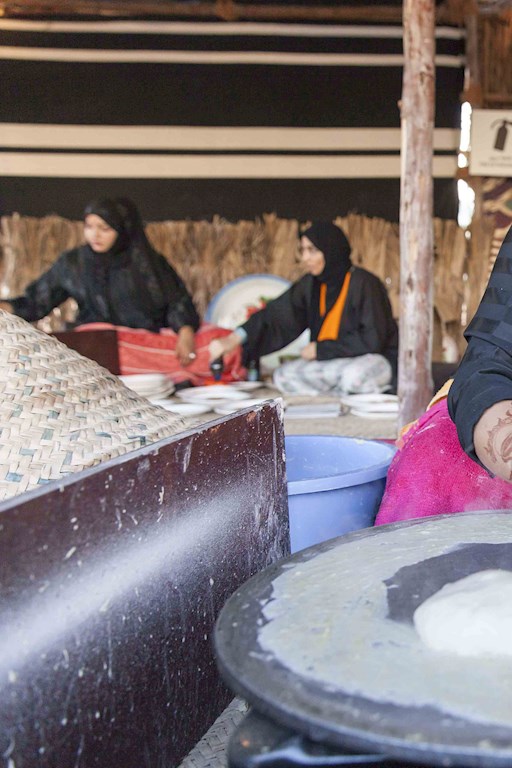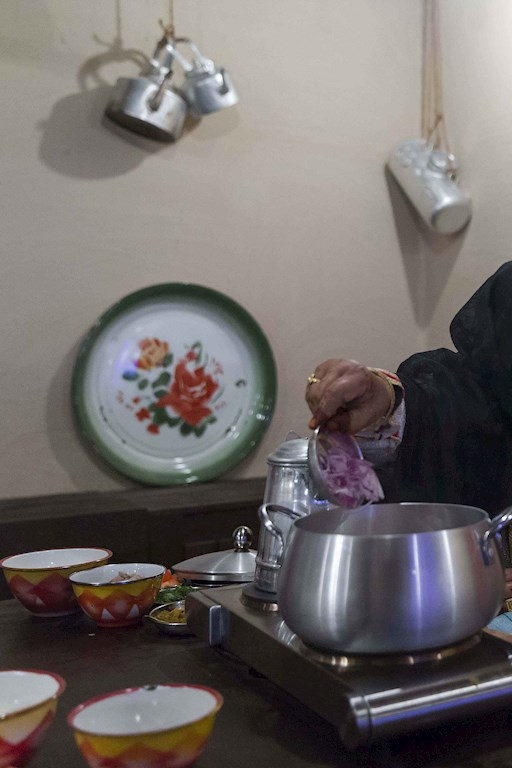- Saadiyat Cultural District
- CulturAll
- ROCOP
-
DISCOVER
-
EXPERIENCE
-
LEARN
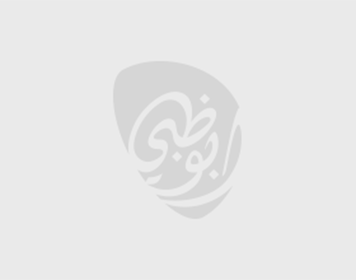 Family & Education Resources
Family & Education Resources
-
UNESCO
-

Al Ain Oases
Al Ain Oasis reflects what agriculture in this region has been like for millennia
-

Bida Bint Saud
The area was an important stop on a possible caravan route extending from Al Ain to the north of the United Arab Emirates
-

Hafit Tombs
This ancient caravan site features Bronze Age tombs and a rare Iron Age mud-brick building and irrigation system
-

Hili sites
An elaborate falaj system and one of the country’s earliest mosques make this an important historic site
-

Al-Ayyala
Al-Ayyala is an embodiment of United Arab Emirates culture and Emirati values and heritage
-

Al-Azi
Al-Azi is inscribed on the UNESCO List of Intangible Cultural Heritage in Need of Urgent Safeguarding
-

Majlis
a cultural and social space
-

Al-Razfa
a traditional performing art of the Sultanate of Oman and the United Arab Emirates
-

Al-Sadu
traditional weaving skills in the United Arab Emirates
-

Al-Taghrooda
traditional Bedouin chanted poetry in the United Arab Emirates and the Sultanate of Oman
-

Falconry
a living human heritage
-

Gahwa (Arabic coffee)
a symbol of generosity
-
- Educators Resource
-
Heritage Register
- The game of Al Karabi
- Girls’ Doll-making Game
- The game of hatha bayt mennou
- The game of Maryahanat al badw
- The game of Al Dahrouj
- The game of Al Suwair
- The game of es es see
- The game of Gol tabat
- The game of Haqallah
- The game of Humarat Al Qaylah
- The game of meen darabak
- The game of Motor Bou Ajal
- The game of Tug of War
- Wrestling Match, The Wrestler
- Al Ah’hlah
-
Cultural Calendar
- Al Qattara Murals
- Al Mujamma
- Art installations by Emirati artist Zeinab Al Hashemi
- Artistic Development Exhibition Program
- Curatorial Development Exhibition Program
- Emotions! The New Art Adventure
- Experience Mars
- Abu Dhabi Art Fair 2022
- Arabic Manuscripts Conference
- Building With The Earth Exhibition
- Khaleejiness Exhibition
- Louvre Abu Dhabi Art Here 2021 Richard Mille Art Prize
- A Touch of Heritage
- The Spirit of the Place
- Evening in Al Ain Palace Museum
- Date Harvesting Season
- The Little Guide of Delma Museum
- Al Qattara Lab
- Al Qattara Film Lab
- Al Qattara Murals 2023
- Alwaha Cinema
- Alzain at Qasr Al Muwaiji
- Manar Abu Dhabi - Artist Assistant Programme
- Winter at Al Dhafra Fort
- Al Ain Traditional Arts Days
- Cassette Concert at Al Jahili Fort
- Cinema Al Bait
- Al Ayyala Studio
- Al Qattara Art Workshops
- Summer Camp at Al Dhafra Fort
- Building with Earth Workshop
- Gate of History
- Summer Camp 2024
- Bait Al Oud Lessons at Al Qattara Arts Centre
- Calligraphy Workshop
- Cheeseboard Resin Workshop
- Drawing and Painting Workshop
- Mosaic Masterpieces
- Oil Painting Techniques
- Oud
- Piano
- Pottery Painting
- Shoe-Making Workshop
-
-
-
-
-
- The game of Al Karabi
- Girls’ Doll-making Game
- The game of hatha bayt mennou
- The game of Maryahanat al badw
- The game of Al Dahrouj
- The game of Al Suwair
- The game of es es see
- The game of Gol tabat
- The game of Haqallah
- The game of Humarat Al Qaylah
- The game of meen darabak
- The game of Motor Bou Ajal
- The game of Tug of War
- Wrestling Match, The Wrestler
- Al Ah’hlah
-
-
- Al Qattara Murals
- Al Mujamma
- Art installations by Emirati artist Zeinab Al Hashemi
- Artistic Development Exhibition Program
- Curatorial Development Exhibition Program
- Emotions! The New Art Adventure
- Experience Mars
- Abu Dhabi Art Fair 2022
- Arabic Manuscripts Conference
- Building With The Earth Exhibition
- Khaleejiness Exhibition
- Louvre Abu Dhabi Art Here 2021 Richard Mille Art Prize
- A Touch of Heritage
- The Spirit of the Place
-
- Evening in Al Ain Palace Museum
- Date Harvesting Season
- The Little Guide of Delma Museum
- Al Qattara Lab
- Al Qattara Film Lab
- Al Qattara Murals 2023
- Alwaha Cinema
- Alzain at Qasr Al Muwaiji
- Manar Abu Dhabi - Artist Assistant Programme
- Winter at Al Dhafra Fort
- Al Ain Traditional Arts Days
- Cassette Concert at Al Jahili Fort
- Cinema Al Bait
-
- Al Ayyala Studio
- Al Qattara Art Workshops
- Summer Camp at Al Dhafra Fort
- Building with Earth Workshop
- Gate of History
- Summer Camp 2024
- Bait Al Oud Lessons at Al Qattara Arts Centre
- Calligraphy Workshop
- Cheeseboard Resin Workshop
- Drawing and Painting Workshop
- Mosaic Masterpieces
- Oil Painting Techniques
- Oud
- Piano
- Pottery Painting
- Shoe-Making Workshop
-




